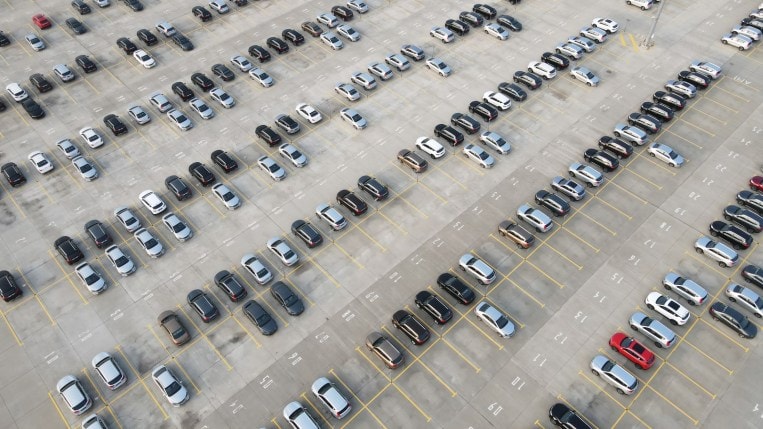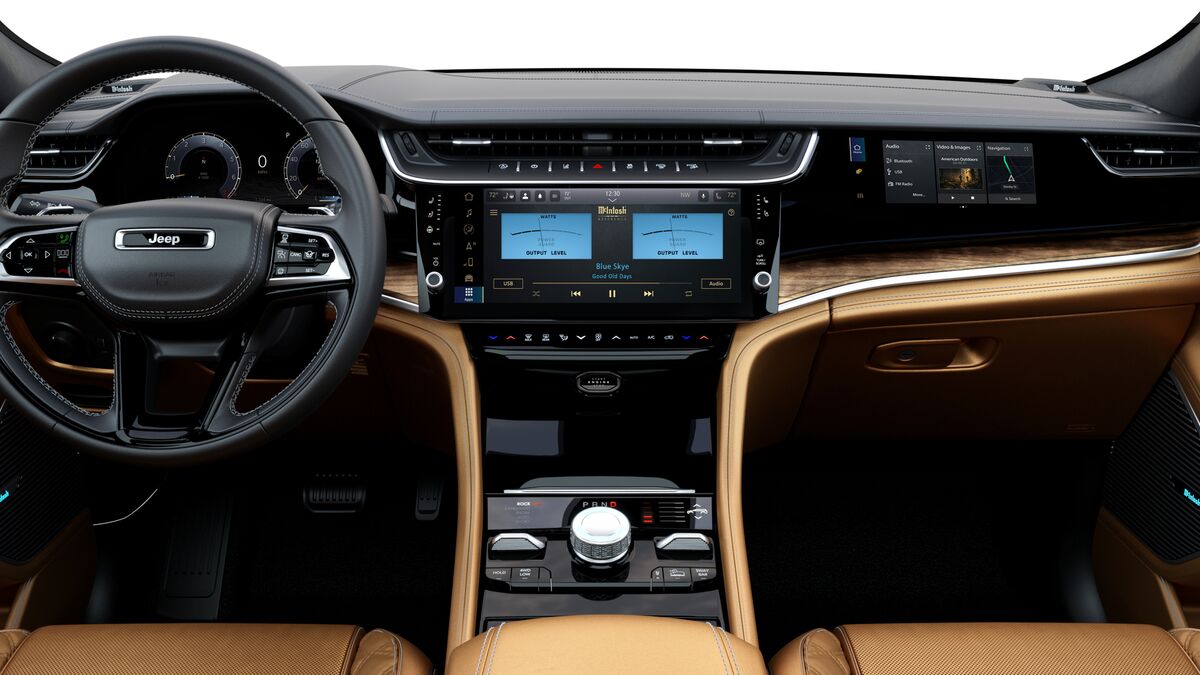
Automakers measure their inventory in a metric they call days of supply – how long it would take them to sell out of cars at the current sales rate if they stopped building new ones today.
The nationwide days’ supply of unsold new vehicles stood at 30 at the end of September. That’s a historic low, but it risks overestimating just how short the current supply is because the sales rate has slowed. High prices have begun driving new car shoppers back home.
In September, the average new car sold for $45,031. But September was one of the slowest sales months we’ve seen in a decade. Our research shows that Americans have begun delaying new car purchases in an attempt to wait out high prices.
Supply Chain Crisis to Blame
A worldwide shortage of microchips has left automakers struggling to find the parts they need to build cars. Microchips – the average new car contains more than 100 of them – have been in particularly short supply. That has forced automakers to pause or stop the production of many cars.
Though fewer new cars are arriving at dealerships, Americans are flush with cash. Thanks to an ongoing economic recovery and government stimulus programs meant to ease the economic hit from the COVID-19 pandemic, we’re shopping again.
Simple supply and demand have pushed the prices of new cars higher. Automakers have used the thin supply of microprocessors they can acquire to build high-margin luxury cars, trucks, and SUVs.
Prices High, Incentives Low Across the Board
But the rise in prices can’t be explained solely by higher sales of more expensive models. Even the least expensive car in America – the 2021 Chevy Spark – sold for an average transaction price above $17,000, nearly 9% higher than one year ago.
Normally, automakers and dealers are selling down old inventory at discounted prices at this time of year to make room for the new model year vehicles. This year, no old inventory exists. Incentives are at a 20-year low.
Some Brands Still Have Cars to Sell
Some automakers have severe supply problems. Others aren’t nearly as thin.
Toyota and Honda, both of which made drastic production cuts in recent months, had just a 17-day supply of new cars to sell at the end of September. Lexus had the lowest supply among luxury brands at 19 days.
Toyota dealers have fewer than 20 days’ supply of their best-selling models, like the RAV4, Camry, and Tacoma. Lexus’ best-seller, the RX SUV, was down to a scant 10 days’ supply.
At the other end of the scale, Fiat dealers have 88 days’ supply, though almost all of it consists of the 2021 Fiat 500X small crossover.
Alfa Romeo had the highest supply among luxury dealers, with 78 days’ worth of new cars to sell.
Minivan Shoppers Out of Luck, but Truck Supply Recovering
Aside from high-performance cars — which are usually in short supply as dealers don’t find it profitable to store many — minivans are the hardest type of new car to find. Full-size cars and electric vehicles were the easiest.
But, as high prices keep Americans from showrooms, supply begins to recover. The supply of full-size trucks is recovering as sales decline.







